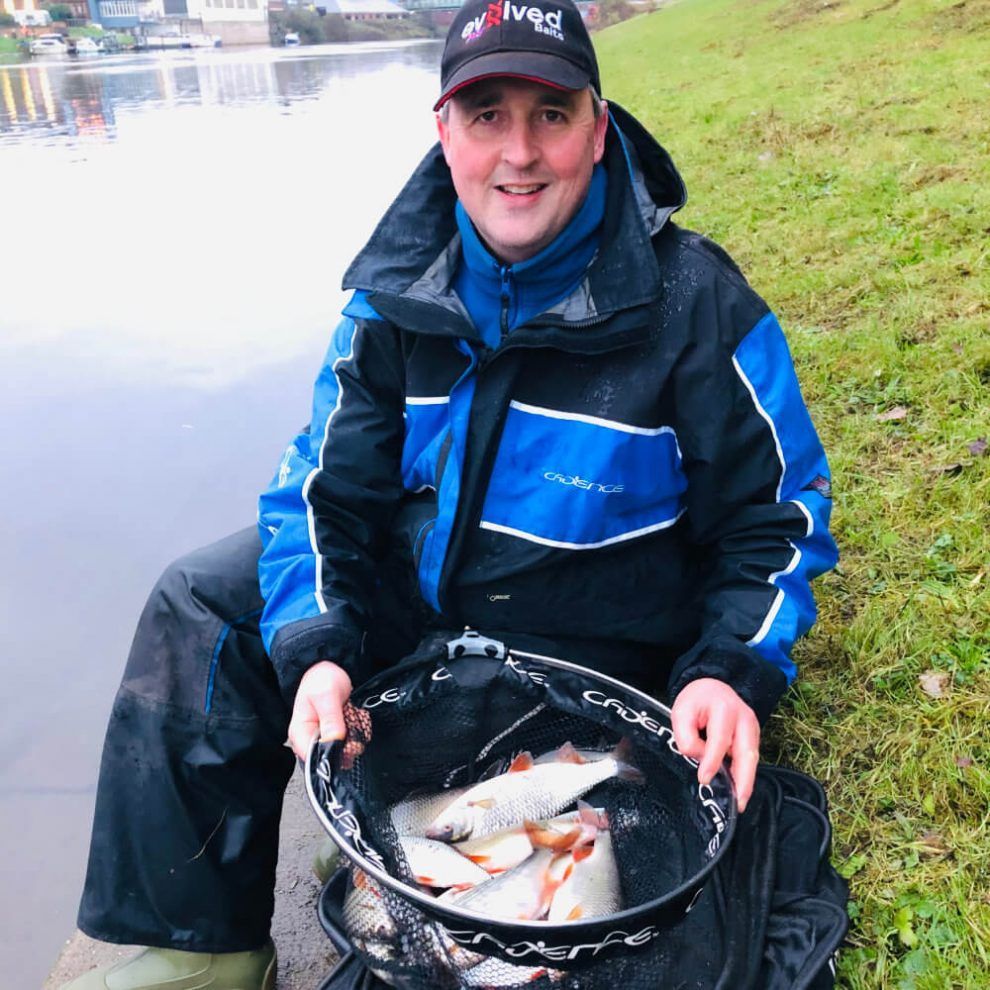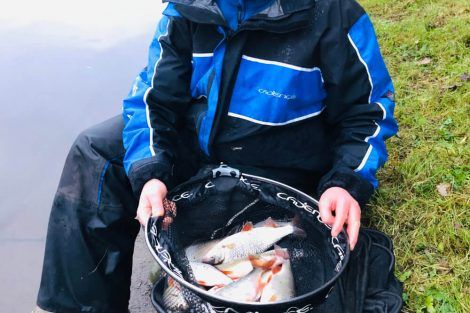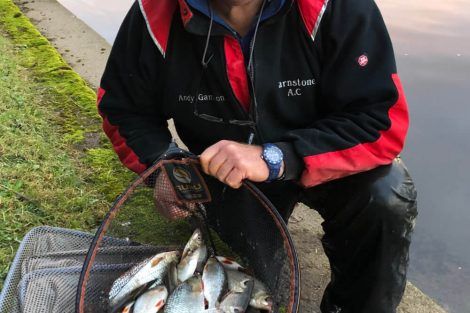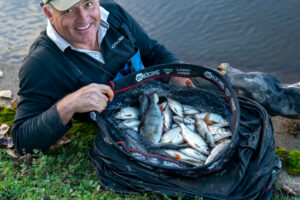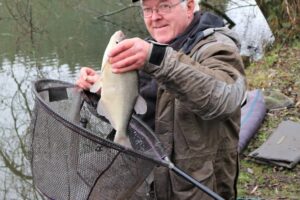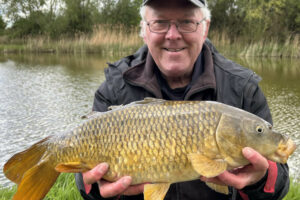Leigh Harrison and Andy Gammon go in search of an elusive winter roach on the River Trent, explaining the tackle and tactics to catch one.
By Andy Gammon and Leigh Harrison
If you ask most match or pleasure anglers about what happens to all the silver fish in the River Trent after the first frosts come along, they’ll probably tell you something similar.
“They disappear”, they’ll say, or “It’s a waste of time”, or “Time to fish for larger fish or predators”!
These are some very truthful statements, and the lack of matches fished on the Trent after October rather highlights that. However, the fish cannot just vanish and then reappear again later in the season or the summer, can they?
Logic would suggest they move somewhere more to their liking in the colder months, possibly to hide from the ever-increasing problems of predatory birds, or to where the water temperature is more stable or more to their liking.
It’s also possible that because the Trent is such a big river, they have plenty of places to hide, making them very difficult to find, particularly if they shoal up very tightly, which many fish are known to do in the colder months on other venues.
With this in mind, my good friend Andy Gammon and I started listening out for any catches of winter roach or silvers coming out of the Trent.
Andy has fished the Trent all of his life. Having been born locally in Gedling, his knowledge and experience on the river is second to none. He loves his roach fishing, and he’s certainly helped me improve my attempts to catch them over the 28 years I’ve known him. We used to catch thousands of imaginary ones at the end of his printing press when we used to work together, that’s for sure!
The explosion of roach and silver fish over the past five years or so has undoubtedly made this a bit of a boom time, and it seems to be such a shame to write off most of the last five months of the river fishing season.
We’d heard a winter roach and silvers were coming out on what was a very local stretch of the Trent to us both, so we decided to give it a go ourselves.
The stretch we concentrated on runs right through Nottingham by the Nottingham Forest football ground below Trent Bridge, and to make it even better, it’s free fishing as well! The river’s pace has a lovely steady flow and would typically be conducive for fishing the stick or Bolo’. However, as most people who fish the Trent regularly know, an upstream wind is about as rare as a blue moon, and if there is one, it’s usually extremely cold because it blows in from the East.
With a light downstream wind you can sometimes cope with it by back shotting above your float, and sometimes double back shotting. Dave Harrell’s ‘Heavy Based’ wire stemmed sticks are also excellent in combating this and keeping your float running smoothly on the natural course you want it to do. However late autumn and winter winds are normally a tad too strong, so this is where the long waggler comes into its own.
But there is an issue! The river here is quite deep, between 12-15 feet, which can obviously make fishing the waggler very difficult. It’s manageable using a 15ft rod fishing 12 feet deep, and that’s what we’ve mainly chosen to do. It can involve some imaginative casting, but with no obstacles behind you and with a bit of practice, it soon becomes a normal thing to enact consistently.
There are some other obvious ways to fish this area of water as well. There’s got to be a stage in my life when I eventually get used to fishing the slider properly, which I think would be perfect on this stretch of river. Fishing the pole is also an excellent answer to the deep water if it’s not too windy. However, fixed wagglers are what we normally choose, and this allows us to really explore our peg and cover a lot of water, useful when trying to find a winter roach. We pair the excellent CR10 15ft #0 match rods with a CS10 3000 reel for me, with Andy using his closed face reels, which are still very popular on the Trent.
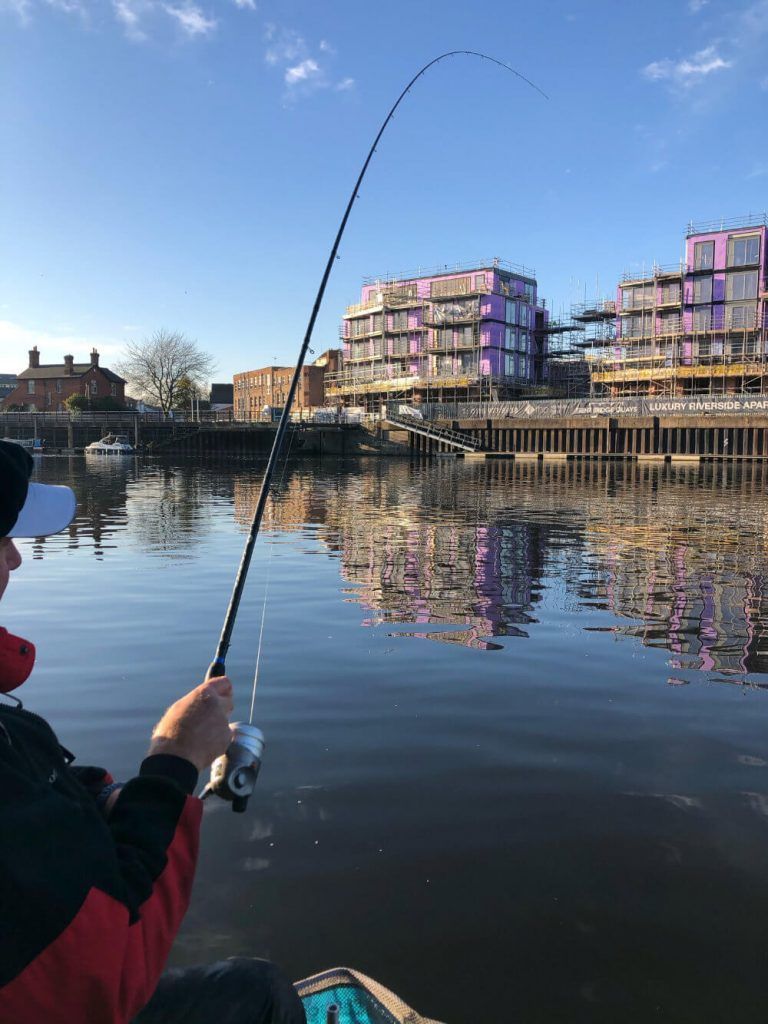
Depending on the wind strength we like to use as long a waggler as possible, which might carry quite a bit of shot for the ease of casting, but there’s always a balance to strike as you still don’t want to fish too heavy a float. Something between 3 or 4AAA+ seems to be about right depending on the strength of the wind. I am lucky that I made a huge batch of straight and insert peacock wagglers over 30 years ago, and I still have a few left, which are perfect for this job. Andy’s had a few off me and there’s no better compliment than that, trust me!
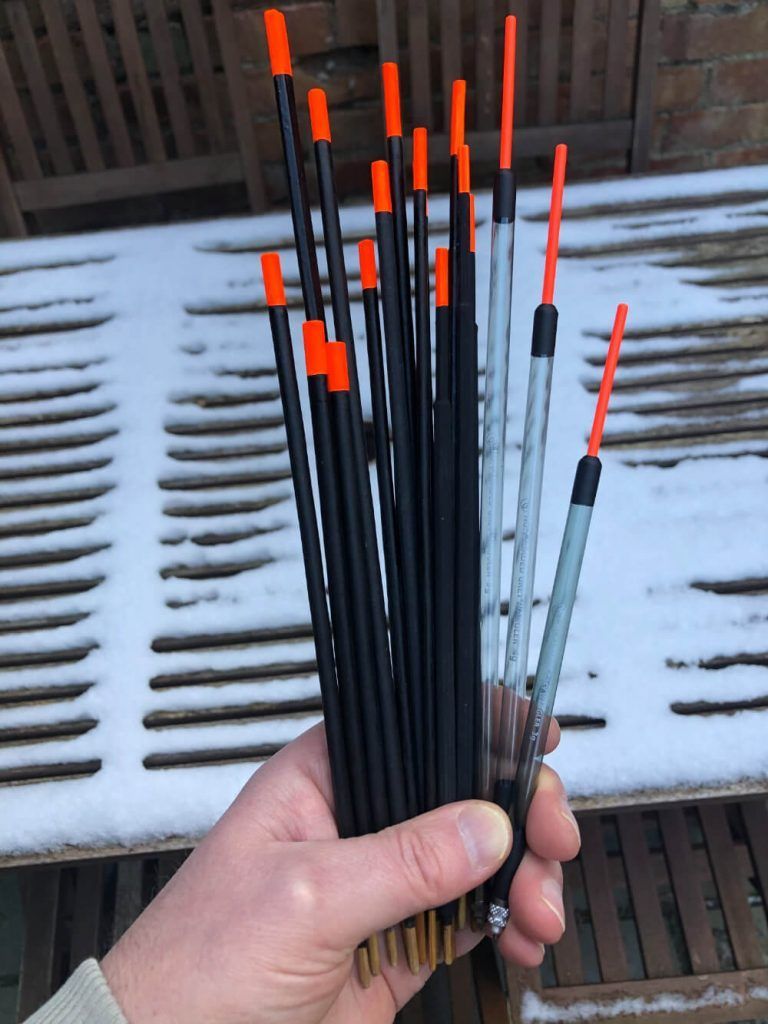
We both use 3lb Dave Harrell Pro Match mainline, which floats lovely and is durable and strong. Hook lengths need to be light, and we generally use .08mm with either a size 18 or size 20 Kamasan B520, or B560 which has a wider gape for double maggot or caster fishing.
The waggler is shotted normally around the base of the float with a spread bulk of no4 shot just below halfway to two thirds down the rig, depending how near the bottom your bites are coming from. Small shirt button style droppers of no8s and no10s are evenly spaced below the bulk and a size 24 swivel, which acts as another no10 shot, to attach the hook length.
There’s no shot on the hook length at all and it can be up to 18 inches long. We tend to find this gives a more natural presentation of the bait and can improve the stamp of fish we catch quite dramatically. Older, larger, roach are much harder to fool and catch than younger smaller ones, so this approach on an .08mm and size 20 hook can really pay dividends especially on harder days.
Feeding is also really very important for winter roach and silvers and building the swim up slowly is paramount. It’s mainly maggots we use and usually bronze with a few reds. It may sound a bit old school but that’s what seems to work, and we don’t get pestered with small fish in doing so. We feed very little and often, usually 8-10 maggots a cast, and sometimes a little hemp as well until the fish turn up. You should not get through a pint and a half of maggots in a five-hour session, and a pint of hemp if you are feeding it correctly. A pint of each normally suffices.
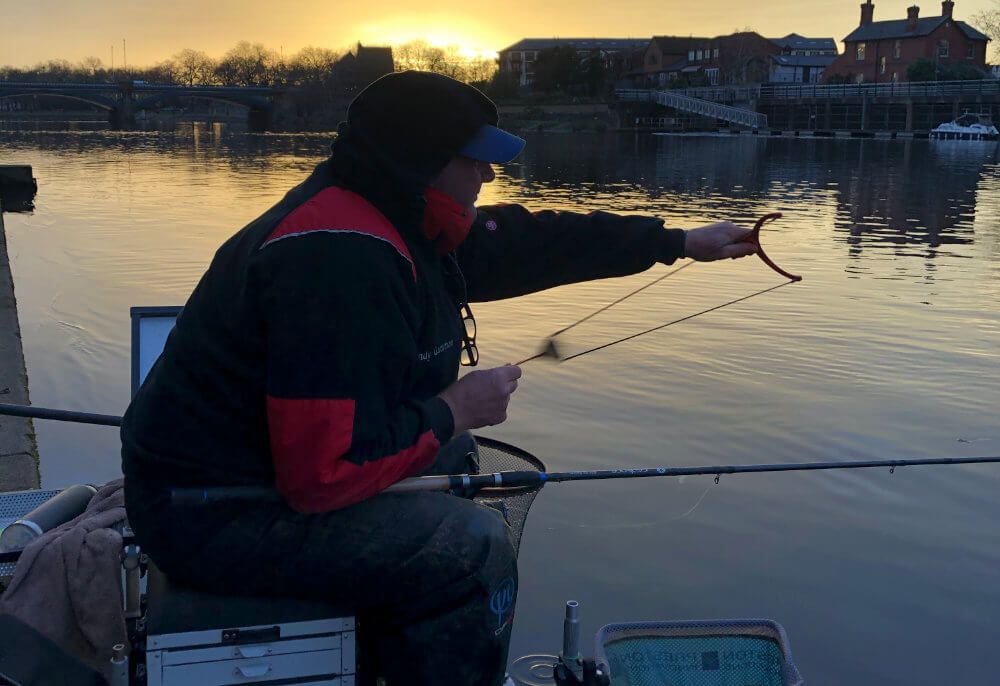
Casting slightly downstream, three to four rod lengths out, your feed from the previous cast will be in your kill zone now as you tighten up any loose line to your float and anticipate a bite. Easing the waggler through slowly can induce unmissable bites and the quality and stamp of the fish do really take your breath away by using this technique.
It is not an easy skill to perfect and like everything in life, the more you practice, the better you get at it. Andy’s years of experience clearly shows, and he makes the float talk as he gently guides it down the swim. It is really eye opening what he can do however like everything in fishing, there is always a balance in getting it right. Long thin wagglers are perfect for this, with just a little buoyancy in the tip, but not too thick that it compromises bite detection from the sometimes shy biting roach.
The average stamp of roach we have been catching have been pristine 5-6oz fish with 8-10oz, 12-14oz and pound plus fish common. Depending on how the fish are responding, you can certainly up the amount you feed to try and keep the shoal in your swim, but not by too much.
When winter roach fishing it might take a couple of hours to really start having a go and it’s usually after midday when you normally start getting multiple bites, particularly if it’s been a lot cooler the night before. The temperature definitely makes a difference and those milder days where it might get up to 8 degrees Celsius, or above, are the days to go fishing on.
You need rods that have enough in their tip action to gently strike the hook home, but are also soft and forgiving enough not to bump the hook out of those delicate mouths, and this is where the Cadence range of #0 & #1 rods come into their own.
Because of their soft tips and parabolic actions further down the blank these rods are absolutely perfect for this type of fishing, proper roach rods as both Andy and I call them, and on some sessions it is very common to have a zero percentage of bumped fish.
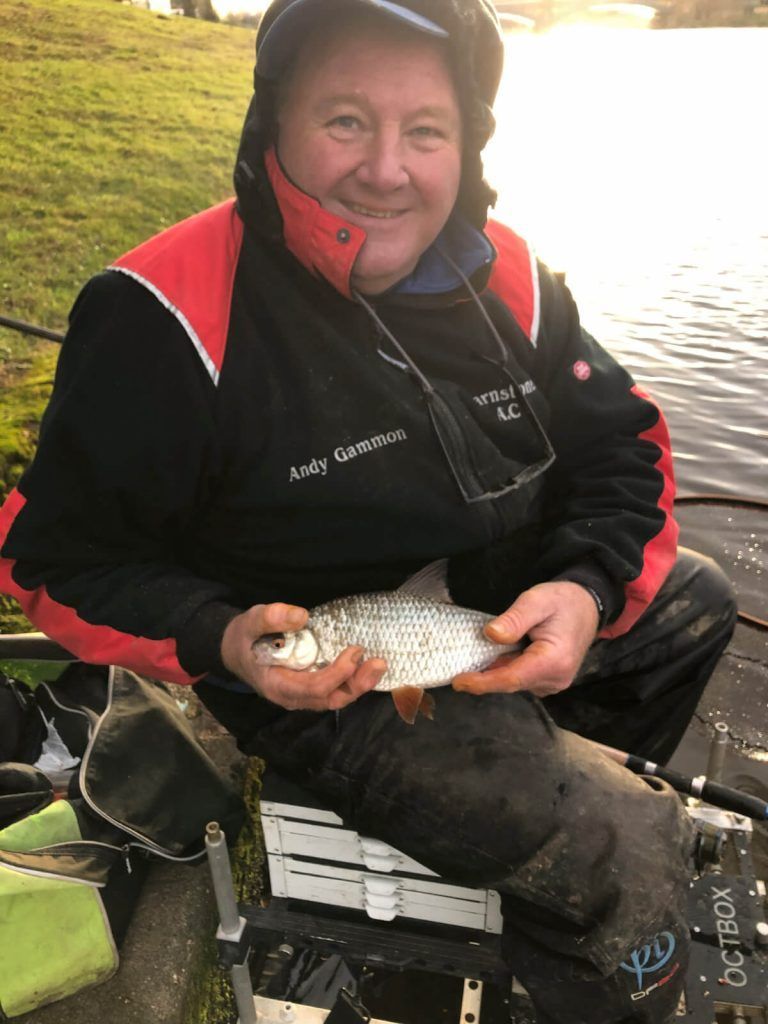
Bumping fish is a real bug bare of mine and it absolutely does my head in. You’ve spent a load of time and expense carefully building your swim and fooling the fish into taking your bait, only for unsuitable equipment or your striking technique to let you down. Really sharp hooks and rods that compensate and iron out any faults in your angling prowess are the answer, and I’ve had many a session where I’ve had absolutely no bumped fish at all. That is quite remarkable!
They can also handle bigger bonus fish, if you’re lucky enough to catch one. I’ve had many a decent pike take a fish and I’ve been able to manoeuvre it quite easily without it breaking the hook length before it releases the sometimes sorry looking little silver to me. The rod does all the work, absorbing all the lunges, which makes it such a delight to catch these larger fish on. However, catching decent sized roach is what these rods are made for though, and playing these sort of fish gets better and better every time.
Once the fish are in the swim it’s just a case of keeping the bites coming and getting into that rhythm of cast, feed, check the float and line, ease it down, strike and reel in, hopefully with a netted fish every time. Subtle rig changes will really help as well as you try to get everything to perform to the optimum. Catches up to 20lb+ can be achieved in a relatively short period of time, which is not surprising considering the stamp of fish. Mid-teens catches are common.
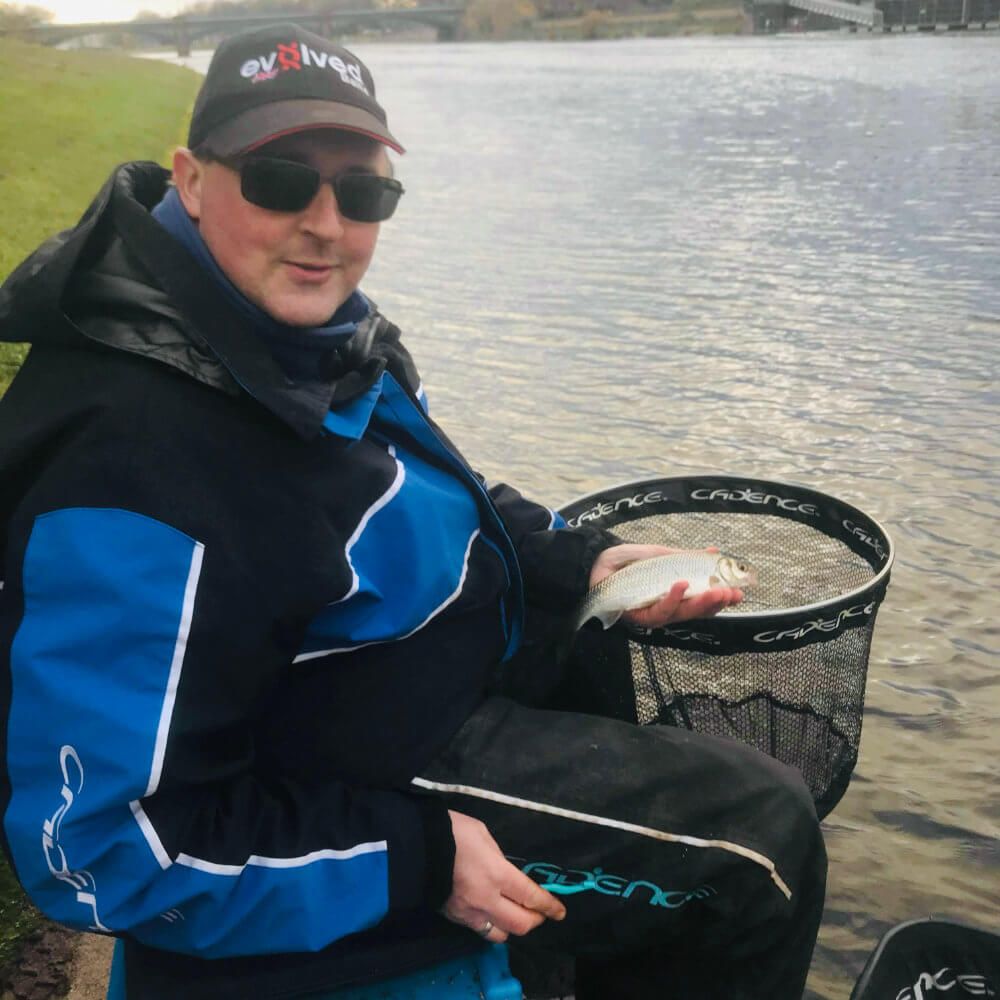
There is still lots to learn about the fish behaviour of winter roach and other species on the river at this time of year and we still have some theories to explore, particularly on where the fish are migrating from during the day. It’s certainly going to be a lot of fun finding out, and there’s other stretches of the Trent for Andy and myself to try as well.
With the river closed season coming up next month, if you have the opportunity, maybe give those winter roach or silvers a try; even if it’s just your little local river, stream, dyke or canal.
Those fish are out there, somewhere, and I think after what we’ve all been through in the last year we’ve all definitely earned a fishing trip or two out, don’t you?
Good luck and tight lines!

